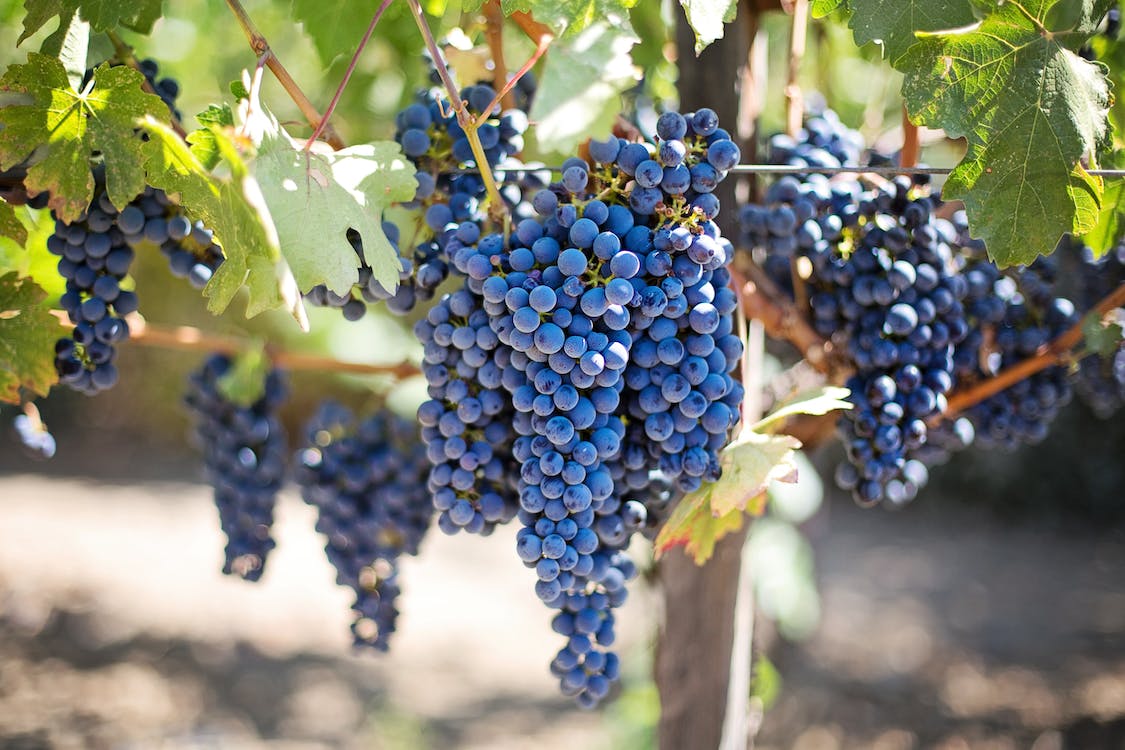With countless châteaux and multiple flavor profiles in one of the largest fine-wine regions in the world, it’s hard to know how to talk the Bordeaux talk. Here are a few bits of information to get you mistaken for a Bordeaux expert:
It’s a Blend
A typical Bordeaux is a blend that can incorporate up to five types of red grapes: Merlot, Cabernet Sauvignon, Cabernet Franc, Malbec, and Petit Verdot. Merlot and Cabernet Sauvignon are the most common, with bits of the others appearing to add complexity.
You can predict a Bordeaux’s flavor profile largely by its area of origin in the Bordeaux region:
The Left Bank (west of the Gironde River) is dominant in Cabernet Sauvignon, the Right Bank (east of the Gironde River) is dominant in Merlot, and Graves (the land west of both banks) is about 50/50.
In short, you can start looking pretty impressive to your dinner guests by declaring your love of “Left Bank Bordeaux,” knowing that you’re merely stating your preference of Cab Sav over Merlot.
Labels to Know
Since you’re probably not an expert in French geography (and my little map up there isn’t much help), you may be wondering… “How do I know if my Bordeaux is left bank, right bank, or in the Graves region?”
Great question.
Many bottles from Graves will state so on the label, but we have no such luck with the left and right banks. Luckily, most bottles will display wine’s town or district. Get to know a few of these (or keep this blog post bookmarked!) to quickly evaluate your bottle:
Left Bank
Cabernet Sauvignon Dominant
District: Médoc
Towns: Margaux, St. Julien (my fav), Pauillac, Ste. Etephe
Right Bank
Merlot Dominant
Towns: St. Émilion, Pemerol
Graves
Cab Sav and Merlot Split
Districts: Graves, Pessac-Léognan
Vocab
Château (sha-TOE) – a wine estate or vineyard(s) with winemaking facilities. One château may not purchase grapes from another, so supply is limited and bottles come at a heftier price. Ex. Château Latour
cru classé (kroo klah-SAY) – “classified growth.” This means the particular estate or château has been giving a quality ranking. Look for cru classé or grand cru classé on a bottle for an easy guess that it’s a good Bordeaux.
Let’s see if we can start to evaluate this bottle:
The Cru Bourgeois
These bad boys come with a Château label at a <$20 price. They go by the name cru bourgeois (kroo boorge-WAH), which means farm league, or petit château (peh-TEE sha-TOE), which means little wine estate.
This means that they haven’t quite made the cru classé but can be a very great find for Bordeaux-lovers. Here are some of Master Sommelier Andrea Robinson‘s favorite labels:
– Château Larose-Trintaudon
– Château Greysac
– Château La Cardonne
– Château Fourcas-Hosten
– Château Poujeaux
– Château d’Angludet
– Château Meyney
Beware the Mystery Bordeaux
Sometimes you’ll find a bottle that simply says, “Bordeaux” without any village or château name. These bottles are what we’ll call “Basic Bordeaux,” though it really bears no resemblance to the Bordeaux varieties listed above.
This doesn’t mean you can’t enjoy a basic Bordeaux, but understand that:
1. if no grapes are listed, Merlot will usually dominate
2. in quality, they compare to similar wines from other countries at similar price-points (ex, a $10 basic Bordeaux will match up to a $10 California Merlot).
Bordeaux Whites
Up until now, we’ve largely gone over the Bordeaux reds, but there’s also a fairly good amount of white wine in the region, particularly in the Graves area.
The best Bordeaux whites are most famous for their style of Sauvingon Blanc blends which are aged in oak barrels and incorporate Sémillon (sem-ee-YOHN), a grape with creamy scent and fruity flavor.
Try a white Bordeaux from these châteaux:
– Château La Louvière
– Pavillon Blanc de Château Margaux
– Château Olivier
Bonus: Sauternes
Sauternes (saw-TURN) is a dessert wine that garners its unique sweet flavor from the sugar concentration that occurs when the grapes rot. This rotting process is unique to the region and makes Sauternes a very rare (and often expensive) dessert wine.
Sauternes pair deliciously with Roquefort cheese or other salty foods like foie gras.
This is the second part in a six part series on the big six wine regions in France.
Part one: Taking the ‘Pain’ out of Champagne
Part three: Dive Into the Loire Valley
Part four: All About Your Glass of Alsace
Part five: Burgundy is More Than a Color
Part six: There’s No Place Like Rhône

